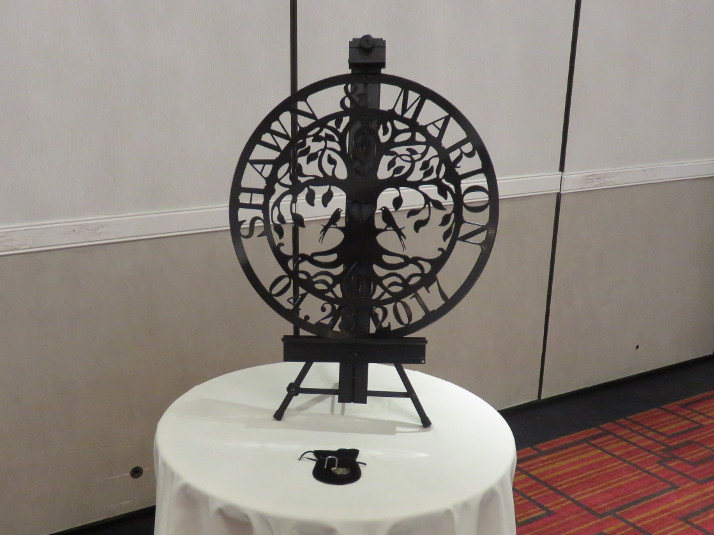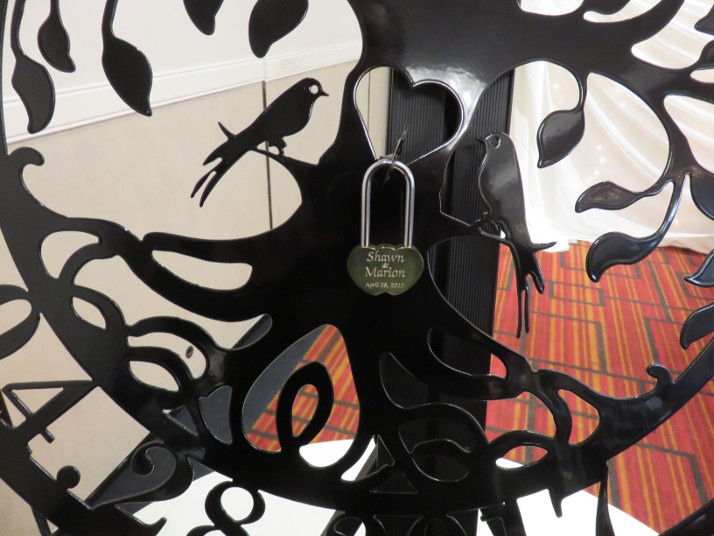Hello, Is Anyone There?
Wedding days are busy days with many moving parts and lots of people involved. Being able to reach a knowledgeable person with a last minute question or problem is an essential, but often overlooked aspect of wedding planning. As you interact with vendors and wedding professionals during the planning stage, they will usually have one of the couple’s contact information – usually the bride. But if there is a last minute question on the wedding day, the bride is often the most difficult person to reach. For this reason you want to establish someone who will act as your “day of contact” person.
The day of contact person can be a personal attendant, a mother or father of the bride or groom, or even the maid of honor or best man (although these people are often very busy, too). You’ll want to arm your day of contact with a list of the people you’ve hired to provide various services throughout the day and night, along with their expected arrival time and phone and email contact information.
You’ll also want to provide your vendors with your day of contact’s name, phone number and email information, so they can reach out in case of an emergency.
I’ve seen the need for this communication focal point a number of times over the years. Once, the DJ who was to provide ceremony music had not arrived 15 minutes before ceremony start time. The bride, the only one with the name and phone number for the DJ, was away from the area having pictures taken. When found, she directed us to her phone, back in the dressing area. Of course, the phone was locked, and had to be taken to her to be unlocked, and finally the call could be placed to the tardy DJ.
Another time the florist didn’t arrive in time, and everyone walked in without bouquets, boutonnieres, and corsages. No one noticed until it was too late to recover so the bride made the call to proceed without the flowers. And finally, once the wrong cake was delivered to the reception site, but again no one had contact information and the bridal party was on a trolley ride when the mistake was noticed.
By sharing your day of contact person’s name and phone number with your vendors, you allow them to reach out with any last minute questions, clarifications, directions or other interactions they may need to initiate, too. This two way communication can be essential to having a smooth and disaster free event.
If you hire a wedding planner or a day of coordinator, they will gather or develop the needed contact information and schedules so they can manage these situations. If you are handling all the wedding plans yourselves, don’t forget to assign this important “day of contact” role to a responsible person, and provide them with the information they need to complete the task for you.


